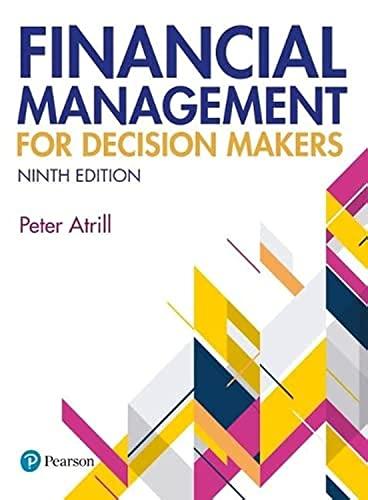

How Much Capital Do You Need to Start Investing? down payment or save enough to take a year off and travel. In any situation, the first step is to identifying the amount of capital you need and how much risk are you willing to take for the return you expect. to begin an investment plan that will make this a reality within 5 years. He currently has $3,000 saved for this purpose, and he wants to determine the appropriate monthly savings amount that will allow him to reach his goal. He estimates that he can an an 5% would like to save a total of $30,000 to cover his expenses for the year. If he invests the $3,000 today, the terminal value of this initial investment in 5 years (earning an average 5% return) will be the year. Still assuming an average return on investment of 5%, the additional yearly invested to reach 5 years is Suppose instead that Alex had no capital saved and thus needed to accumulate the entire $30,000 in the next 5 years. In this case, his annual contribution would have to be When Alex starts with an initial investment of $3,000, the total amount that he ends up contributing to accumulate $3000 is equal the in ends up contributing is equal to the sum of all annual contributions you calculated in the no-initial-capital scenario, for a total Once Alex has determined the annual amount he needs to save, the next step toward achieving his goal is coming up with an investment True or False: The appropriate investment plan depends on the investment objective. False True How Much Capital Do You Need to Start Investing? down payment or save enough to take a year off and travel. In any situation, the first step is to identifying the amount of capital you need and how much risk are you willing to take for the return you expect. to begin an investment plan that will make this a reality within 5 years. He currently has $3,000 saved for this purpose, and he wants to determine the appropriate monthly savings amount that will allow him to reach his goal. He estimates that he can an an 5% would like to save a total of $30,000 to cover his expenses for the year. If he invests the $3,000 today, the terminal value of this initial investment in 5 years (earning an average 5% return) will be the year. Still assuming an average return on investment of 5%, the additional yearly invested to reach 5 years is Suppose instead that Alex had no capital saved and thus needed to accumulate the entire $30,000 in the next 5 years. In this case, his annual contribution would have to be When Alex starts with an initial investment of $3,000, the total amount that he ends up contributing to accumulate $3000 is equal the in ends up contributing is equal to the sum of all annual contributions you calculated in the no-initial-capital scenario, for a total Once Alex has determined the annual amount he needs to save, the next step toward achieving his goal is coming up with an investment True or False: The appropriate investment plan depends on the investment objective. False True








